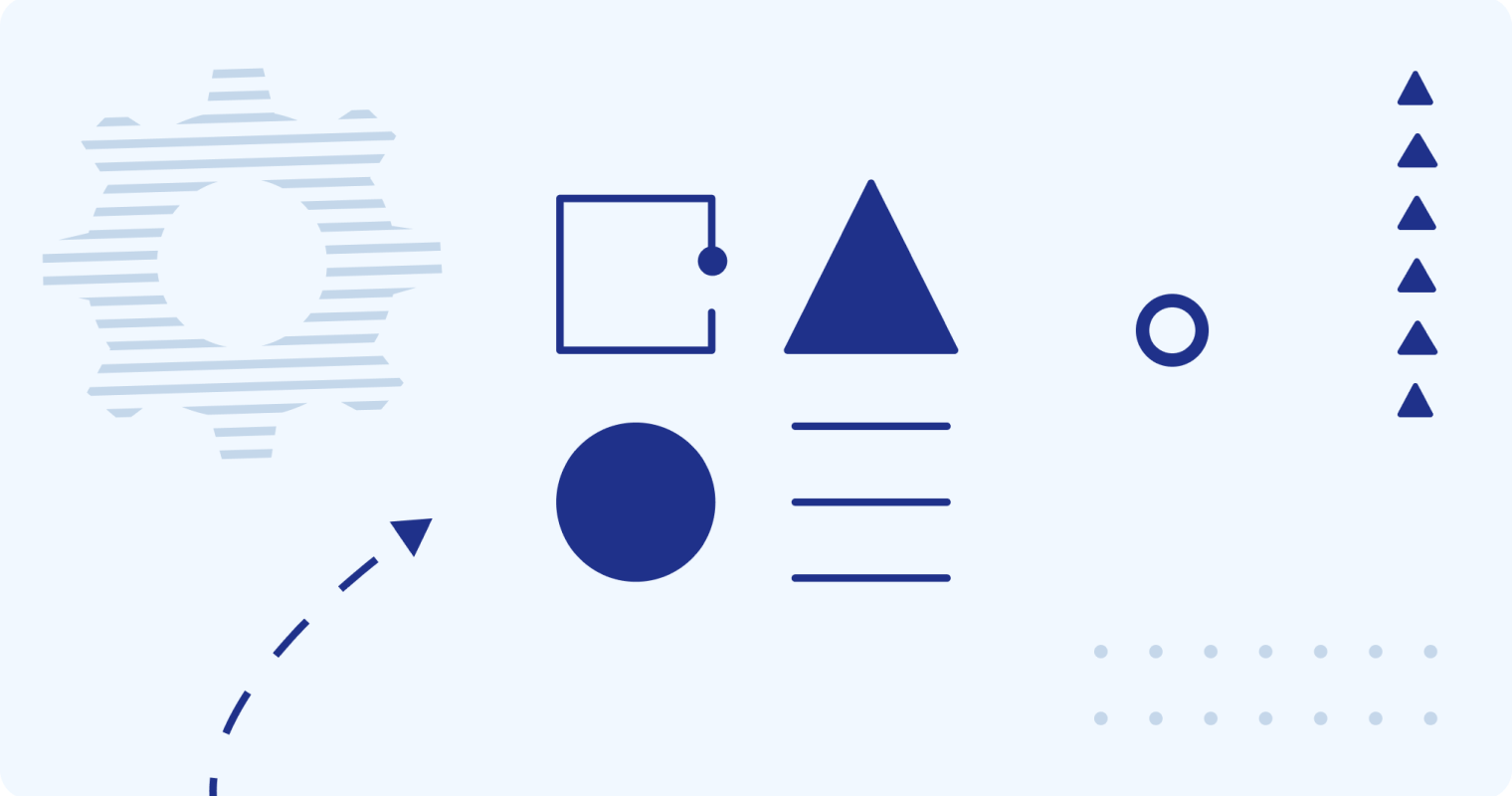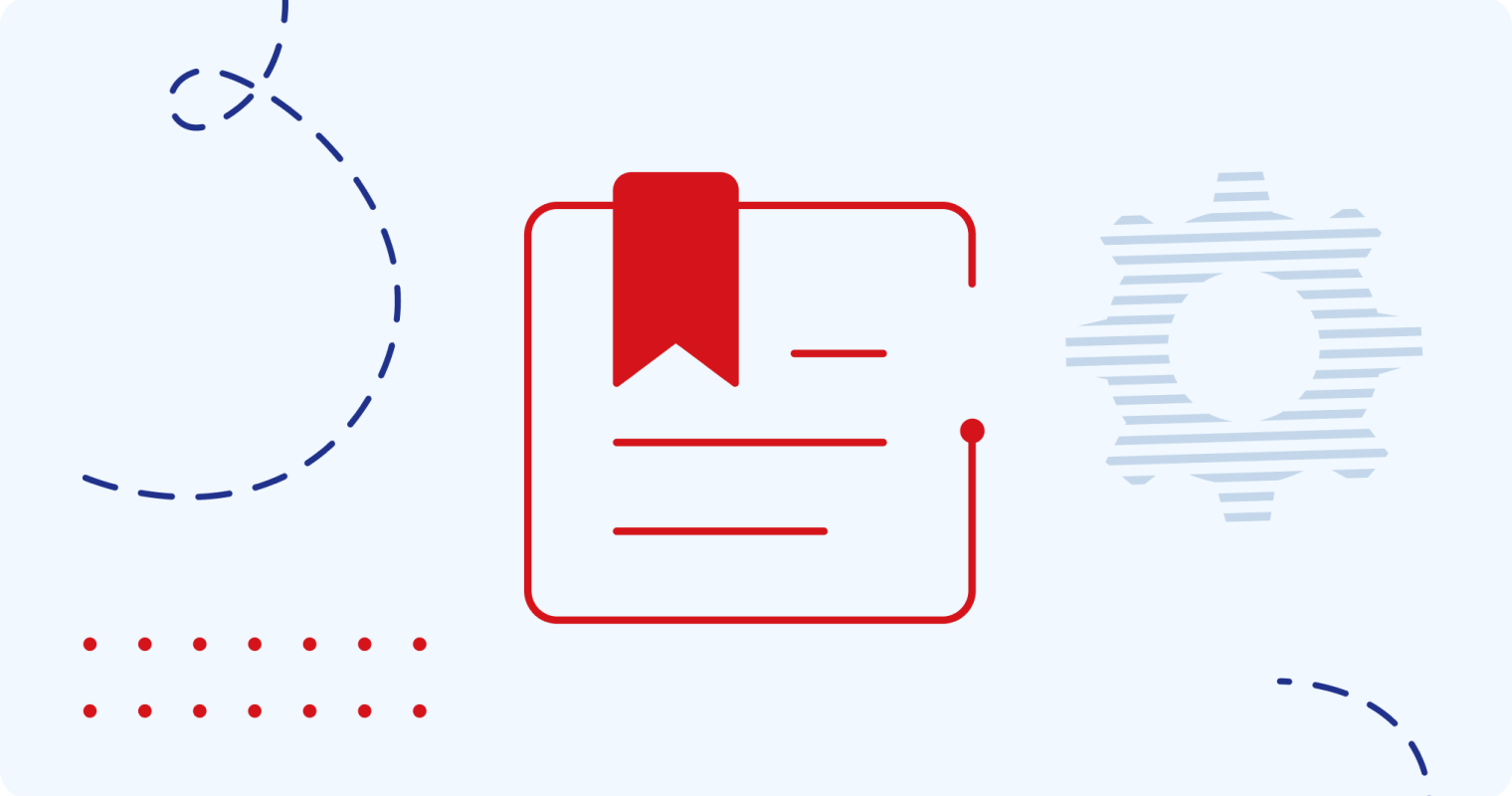



Target Group(s)
University Teachers, Students, Career Offices, University Management Staff.
Product’s Aim(s)
Presentation of the current labor market requirements for selected professions and their specifics in the context of the ecosystem of the organization in which a particular position occurs. To unify the methods of describing the requirements of the labor market and to develop a basis for individ-ualization of the educational path and development of the students’ awareness of professional identity.
Description
A catalog that describes the specifics of IT jobs of the future in the form of a series of personal business model canvases that present detailed characteristics of the skills required, typical tasks, value proposition, roles played within the position, sources of revenue and costs, and the ecosys-tem in which an employee in a given position operates. The catalog includes canvases for positions such as Business Analyst, Cybersecurity Specialist, Data Analyst/Data Scientist, Game Designer, In-ternet of Things Specialist, Mobile Application Developer, Network Engineer, User Experience Ar-chitect, User Interface Designer, Web Systems Developer.
Use Cases
Each stakeholder group can use the catalog according to its own scenario. Students can use the Cat-alog of Career Canvasses in such areas as planning their educational path during their studies, iden-tifying their personal resources and finding the best fit with the requirements of the labor market, and better understanding the work environment associated with a specific position. University Teachers can use the catalog to plan course content with the current needs of the labor market, gain a deeper understanding of the current state of students’ skills and knowledge and their needs in terms of course content, eliminate routine and increase the innovation of the teacher’s work-shop. Career Offices can use the catalog when working with entrepreneurs in preparing job and internship offers, identifying students’ training needs, and selecting the best candidates among students for a specific position. University Management Staff can use the catalog when analyzing current labor market needs and planning new, market-attractive majors and study programs.
Related Posts


Empowering Students’ Awareness for a Personalized Career Development (Monograph)
Explore this in-depth monograph to discover how universities can guide students toward meaningful careers through personalized development paths grounded in self-reflection, identity formation, and future-focused action.


DT Meets STEM Training Program
Reimagine your teaching with the power of Design Thinking! This hands-on training equips STEM educators to redesign courses, engage students through real-world challenges, and foster essential 21st-century skills.


The Set of Concepts Developed by Professors during the DT Meets STEM Training Program
Discover how university educators revolutionized their teaching with Design Thinking. This inspiring collection of real course transformations shows you how to embed creativity, empathy, and innovation into your syllabus.